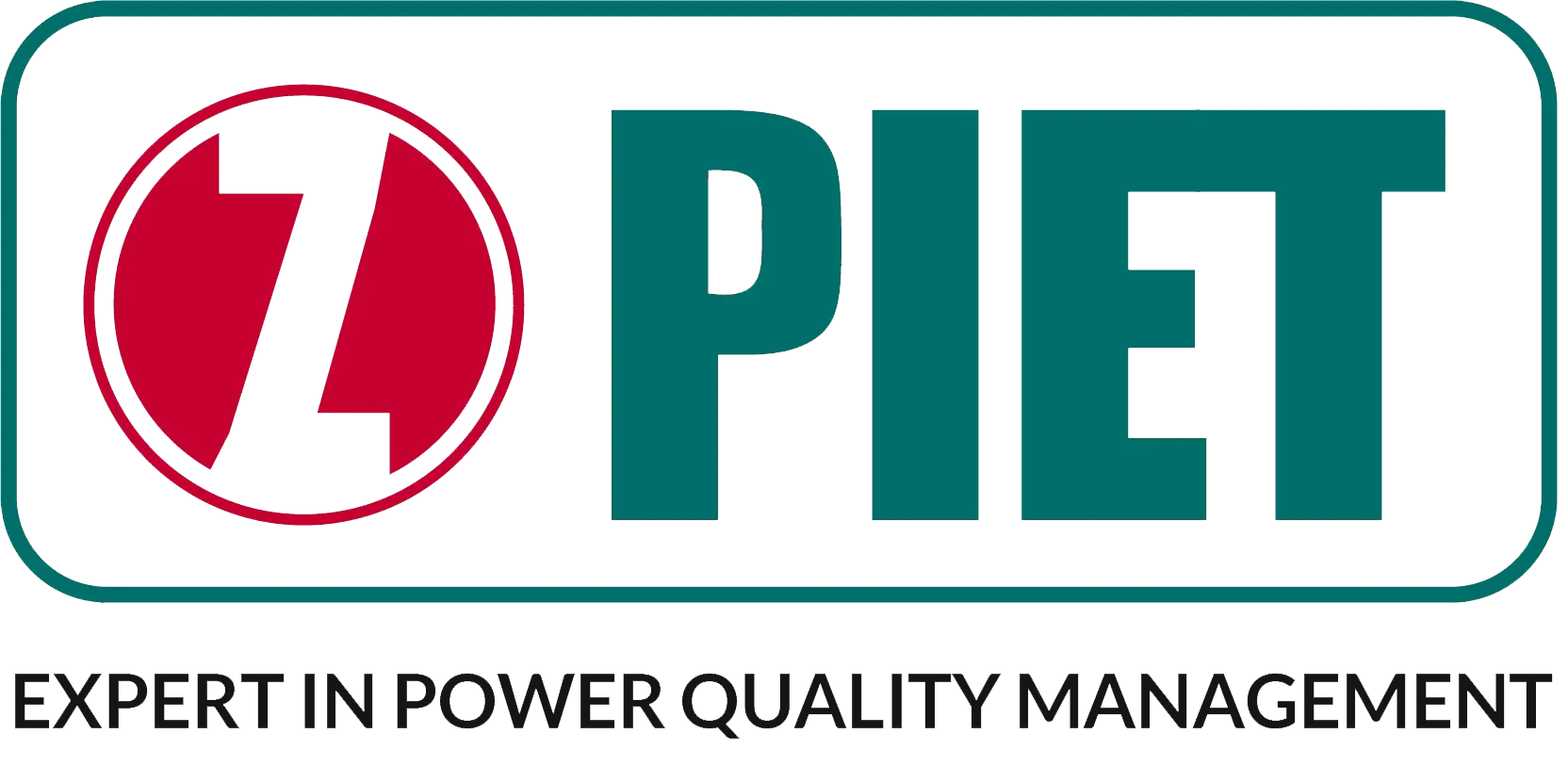Three-phase imbalance in power systems causes numerous adverse effects,including increased electric energy loss in lines, increased electric energy loss in distribution transformers, reduced output capacity of distribution transformers, generation of zero-sequence current in distribution transformers, compromised safe operation of electrical equipment, and decreased efficiency of electric motors. How can three-phase imbalance in power systems be mitigated? The following section from Nantong Zhifeng Electric Technology Co., Ltd. provides a detailed explanation of the harms caused by three-phase imbalance and approaches to its improvement.
Harms caused by three-phase imbalance in power systems:
1. Increased electric energy losses in lines
In a three-phase four-wire power supply network, when current flows through the line conductor, electric energy loss inevitably occurs due to the presence of impedance, and this loss is proportional to the square of the current. When the low-voltage network is supplied by a three-phase four-wire system, the presence of single-phase loads inevitably causes three-phase load imbalance. Under such unbalanced load conditions, current flows through the neutral conductor. This results not only in losses in the phase conductors but also in losses in the neutral conductor, thereby increasing the overall losses in the power network lines.
2.Increased electric energy losses in distribution transformers
The distribution transformer is the primary power supply equipment in the low-voltage network. When operating under three-phase load imbalance conditions, it causes an increase in transformer losses because the power loss of the transformer varies with the degree of load imbalance.
3. Reduction of Distribution Transformer Output
In the design of a distribution transformer, its winding structure is based on balanced load operating conditions, with essentially uniform winding performance and equal rated capacity for each phase. The maximum allowable output of the distribution transformer is constrained by the rated capacity of each phase. When the distribution transformer operates under three-phase load imbalance conditions, the lightly loaded phase has surplus capacity, which leads to a reduction in the transformer's output. The degree of output reduction is related to the extent of the three-phase load imbalance. The greater the imbalance, the more the distribution transformer output decreases. Consequently, when operating under three-phase load imbalance, the distribution transformer's output capacity cannot reach its rated value, its reserve capacity is correspondingly reduced, and its overload capability is diminished. If the distribution transformer operates under overload conditions, it is highly likely to cause transformer heating, which in severe cases may even result in transformer burnout.
4. Generation of zero-sequence current by the distribution transformer
When the distribution transformer operates under three-phase load imbalance conditions, zero-sequence current is generated. This current varies with the degree of three-phase load imbalance; the greater the imbalance, the larger the zero-sequence current. If zero-sequence current exists in the operating distribution transformer, zero-sequence flux will be generated in its core. (There is no zero-sequence current on the high-voltage side.) This forces the zero-sequence flux to pass only through the oil tank wall and steel structural components. Since the magnetic permeability of steel components is relatively low, when zero-sequence current passes through these steel components, hysteresis and eddy current losses occur, causing localized temperature rise and heating of the transformer's steel components. The insulation of the distribution transformer winding accelerates aging due to overheating, resulting in a reduced equipment lifespan. Additionally, the presence of zero-sequence current increases the losses of the distribution transformer.
5. Impact on the Safe Operation of Electrical Equipment
The distribution transformer is designed based on balanced three-phase load operating conditions, with the resistance, leakage reactance, and magnetizing impedance of each phase winding being essentially identical. When the distribution transformer operates under balanced three-phase loads, the three-phase currents are essentially equal, and the voltage drops within each phase of the transformer are also essentially the same; therefore, the transformer's three-phase output voltages are balanced. If the distribution transformer operates under three-phase load imbalance, the output currents of each phase will be unequal, and the internal voltage drops of the transformer phases will differ, inevitably leading to three-phase voltage imbalance at the transformer's output.
Simultaneously, when the distribution transformer operates under three-phase load imbalance, the three-phase output currents are unequal, resulting in current flowing through the neutral conductor. This causes an impedance voltage drop in the neutral conductor, leading to neutral point displacement, which alters the phase voltages of each phase. The voltage of the heavily loaded phase decreases, while the voltage of the lightly loaded phase increases. Supplying power under voltage imbalance conditions can easily cause electrical equipment connected to the higher voltage phase to be damaged, while equipment connected to the lower voltage phase may fail to operate. Therefore, operating under three-phase load imbalance seriously jeopardizes the safe operation of electrical equipment.
6. Reduction in Electric Motor Efficiency
When a distribution transformer operates under three-phase load imbalance conditions, it causes three-phase imbalance in the output voltage. Since the unbalanced voltage comprises positive-sequence, negative-sequence, and zero-sequence voltage components, when such unbalanced voltage is applied to an electric motor, the negative-sequence voltage generates a rotating magnetic field opposite to that produced by the positive-sequence voltage, exerting a braking effect. However, because the positive-sequence magnetic field is significantly stronger than the negative-sequence magnetic field, the electric motor continues to rotate in the direction of the positive-sequence magnetic field. Due to the braking effect of the negative-sequence magnetic field, the electric motor’s output power inevitably decreases, resulting in reduced motor efficiency. Simultaneously, the temperature rise and reactive power losses of the electric motor also increase with the degree of three-phase voltage imbalance. Therefore, operating an electric motor under conditions of three-phase voltage imbalance is highly uneconomical and unsafe.

Copyright © Nantong Zhifeng Electric Power Technology Co., Ltd. All Rights Reserved - Privacy Policy - Blog